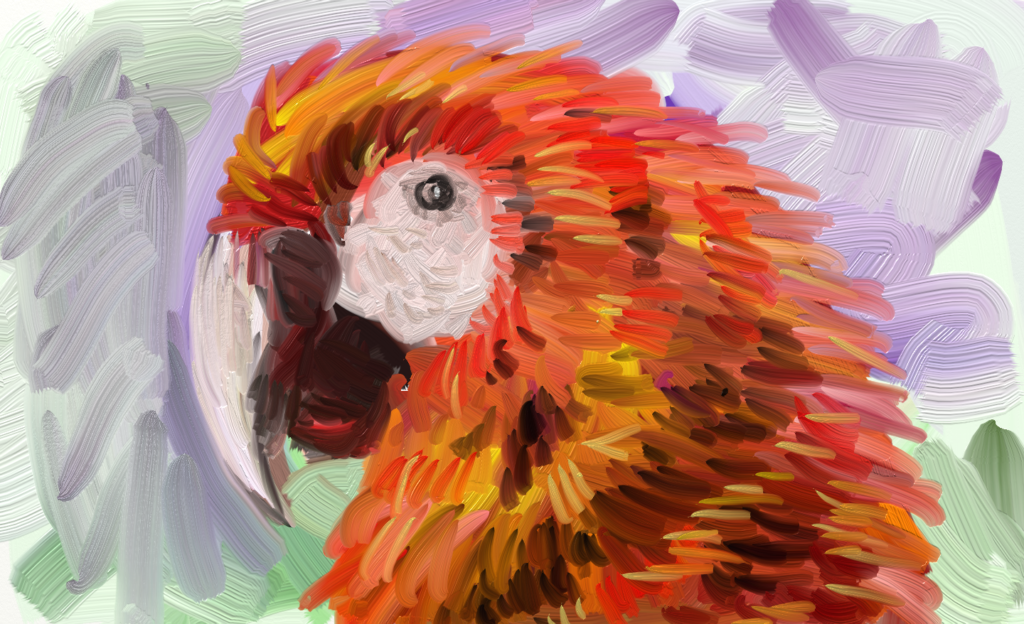MIT researcher blends engineering and art in speech
February 1, 2018
“Can creativity be computational and can computers be creative?”
Pip Mothersill, a Massachusetts Institute of Technology Media Lab designer and engineer, said they can.
Mothersill visited campus Jan. 25 to tell students about her experience in the design and engineering fields, which she said have more in common than many people think.
Mothersill, also a Ph.D. student who formerly worked at Gillette, discussed how the two fields can be brought closer together using modern technology.
“Machines can really help us in all of these ways that aren’t just about automating something that we think is very tedious,” Mothersill said. “It’s also starting to help us with what our notions of creativity are.”
One example of this technology is ArtRage, a design program for smartphones that uses its digital platform as a way for users to make art. These softwares replicate paint brush marks, pencil drawing, watercolor paints and other artistic techniques, transforming physical art onto a digital canvas.
Mothersill also described how camera filters on cell phones can take a picture and make it look as if it was painted by Leonardo da Vinci or Vincent van Gogh.
These programs take principles of art and design and translate them into a technological language that computers can understand, combining the fields of engineering and art, Mothersill said.
The event was hosted by Scout, Northeastern’s student-led design studio. Similar in philosophy to Mothersill, Scout uses design principles to assist companies in many fields with visual branding through technology.
“We work with [clients] to create brands, we work with them to create graphic identities, we work with them to make websites and applications,” Scout Events Director Adela Locsin said. “Stuff that’ll help them take their ventures to the next level.”
The Scout studio selects three to four companies within Northeastern per semester and helps them fulfill any graphic or design needs, said Scout project lead and third-year design major Olivia Nelson. She said these can range from branding and logo design to website management.
“The best design comes from collaboration,” Nelson said.
Locsin, a fifth-year architectural studies major with a minor in graphic design, said Scout also partners with the Service Learning Center at Northeastern to work on service projects within Boston that use design to benefit the greater good.
The event was put on as part of Scout’s bi-weekly event series, inviting guest speakers like Mothersill to share their experiences and ideas with the Northeastern community.
Mothersill said she gained experience blending disciplines together during her time at Gillette, where she worked with engineers, scientists, consumer research groups and design teams. She said this gave her a unique perspective on the various skills offered by people across these fields.
“CAD [Computer Aided Design] knows all the numeric language of objects,” she said, “but designers know the poetic language of objects, they know how people use the objects, they know how people misuse the objects, they know how they want to feel when using the objects.”
Although design and engineering can differ greatly, the two are increasingly integrated, Mothersill said.
“I think designers are important in every industry,” Locsin said. “Everything you look at, everything you touch, everything you feel has been designed by someone else.”







